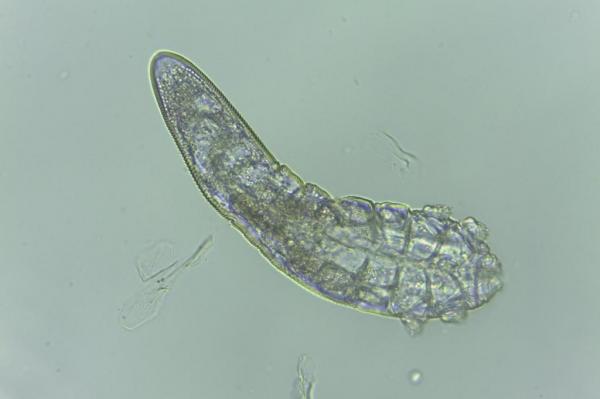SAN FRANCISCO, Dec. 14 (UPI) — The microscopic mites hanging out on your face have been there for a long, long time. New research suggests the mite-human relationship is as old as man himself.
In analyzing DNA samples of the mite species Demodex folliculorum — one of two main face mite species — from all over the world, researchers were able to assemble the most comprehensive evolutionary history of the tiny arachnid yet produced.
According to the findings — detailed in the journal PNAS — all humans host face mites, and different people host different variants of the species, with families carrying lineages across generations. They also determined mites aren’t casually transferred between humans.
Face mites are thought to be harmless in most instances, but large populations have been linked with skin and eye problems like rosacea and blepharitis. Scientists at Bowdoin and the California Academy of Sciences, who conducted the recent analysis, say a better understanding of face mites may illuminate their role in human health and lead to improved treatments for such maladies.
“It’s shocking that we’re only just discovering how deeply our histories are shared with the mites on our bodies,” senior study author Michelle Trautwein, a curator of entomology with CAS, said in a press release. “They aren’t just bugs on our faces, they are storytellers. Mites tell us about our own ancient history — it’s a complex story, and we’ve only just scratched the surface.”
Because mites aren’t easily shared and persist on families across generations, even after they’ve moved, mites could help researchers study the movements of human populations. Researchers found that some African Americans continue to host mite lineages unique to Africa.
“We discovered that people from different parts of the world host different mite lineages,” says Trautwein. “The continent where a person’s ancestry originated tended to predict the types of mites on their faces. We found that mite lineages can persist in hosts for generations. Even if you move to a faraway region, your mites stick with you.”
The findings upon up range of new research possibilities. Trautwein and her colleagues plan to continue exploring the unique relationship between mites and humans.






